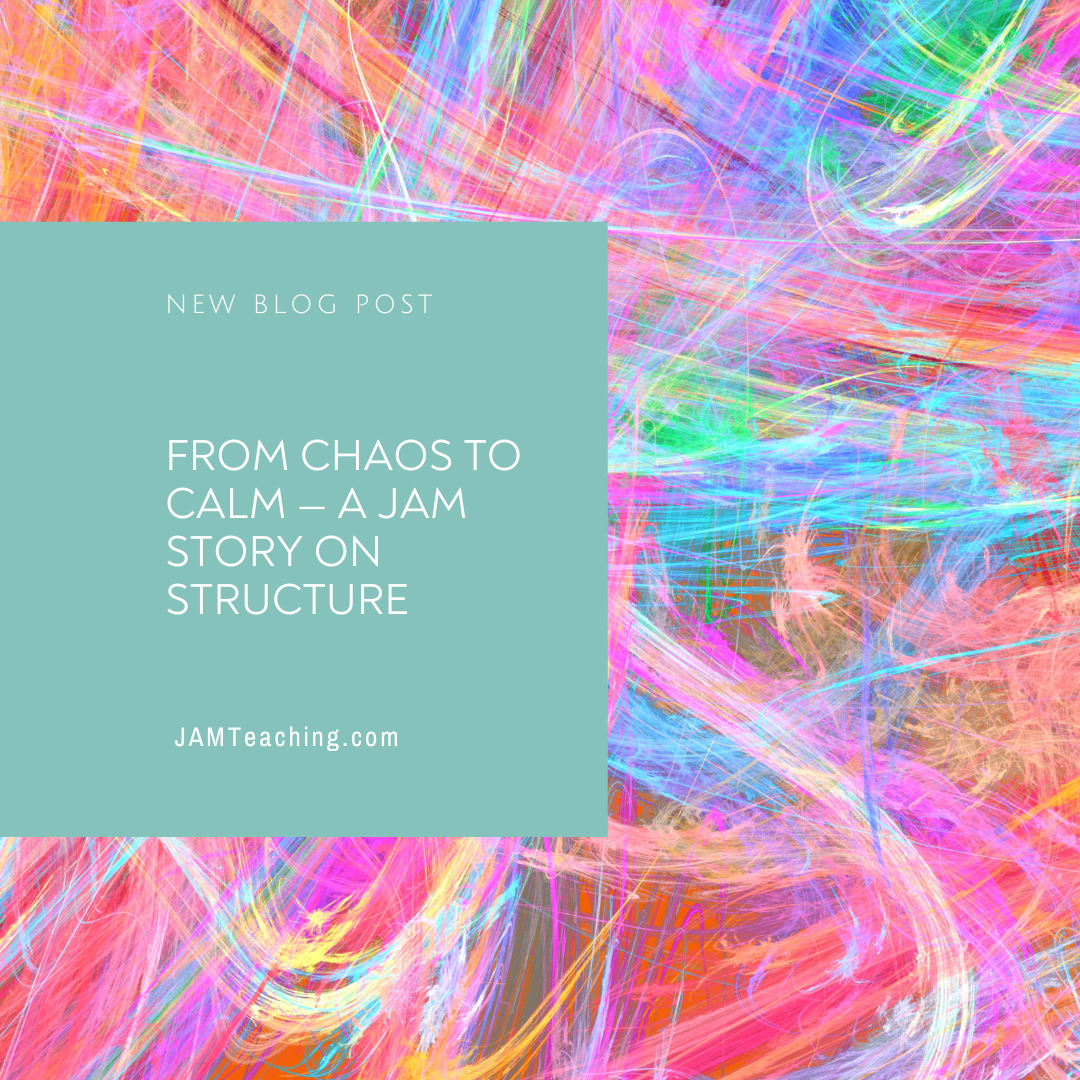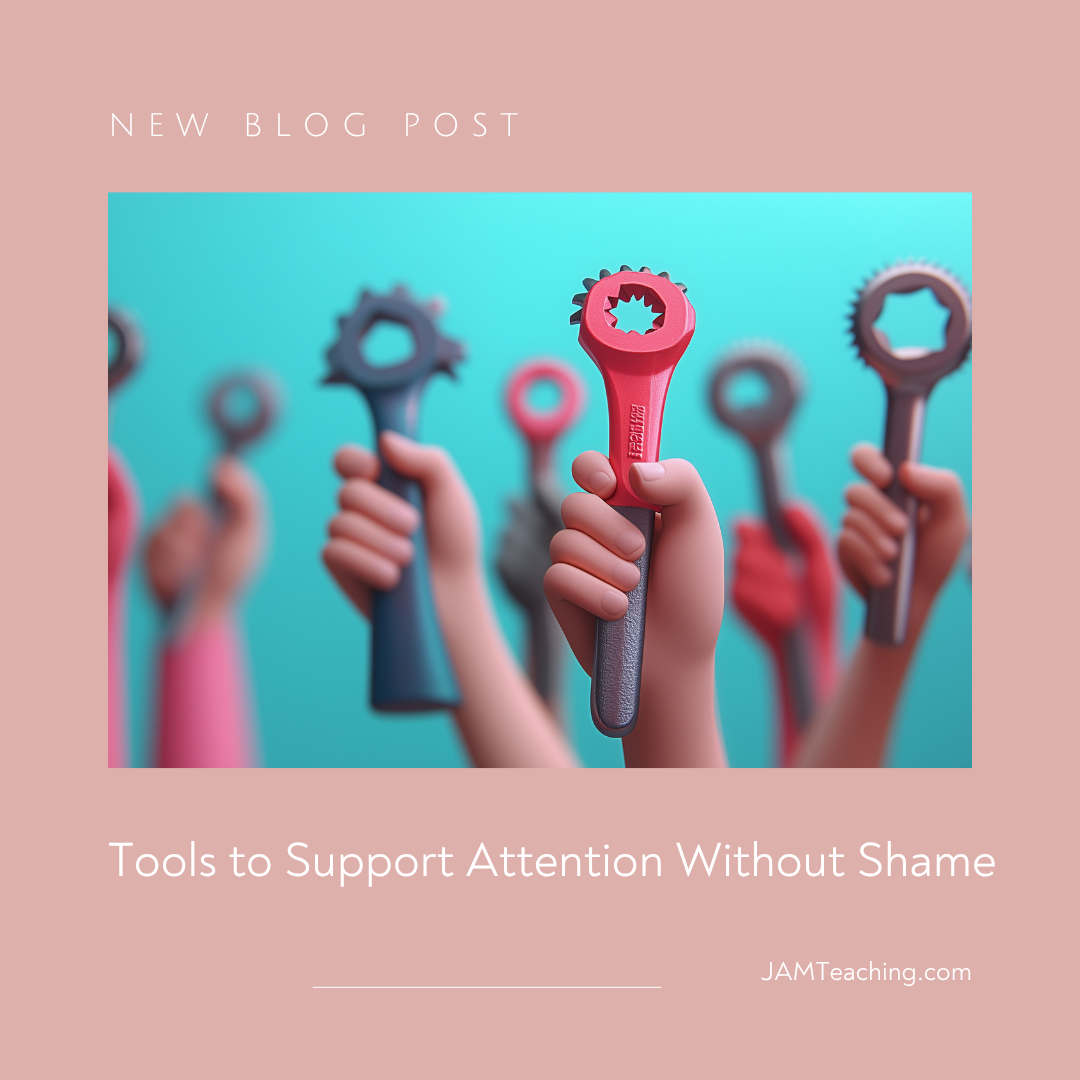
Multisensory learning, an educational approach that simultaneously engages more than one sense, proves exceptionally beneficial for students with dyslexia. This method supports brain function by providing multiple pathways for information processing, which is crucial for dyslexic learners who may struggle with traditional learning techniques.
Understanding Multisensory Learning
Multisensory learning integrates visual, auditory, kinesthetic (movement), and tactile (touch) elements into teaching strategies. This approach aligns with how the brain naturally processes information, making learning more efficient and effective, especially for students with learning differences.
Benefits for Dyslexic Students
- Enhanced Decoding Skills: Integrating sight, sound, and touch helps dyslexic students connect letters to sounds, improving reading fluency.
- Improved Comprehension: Multisensory methods aid in understanding and retaining information by engaging the brain in diverse ways.
- Increased Engagement: Active learning through movement and tactile experiences keeps students engaged and motivated.
Examples of Multisensory Activities
- Sand Writing: Writing letters or words in sand or on a textured surface helps reinforce letter shapes and sounds through touch.
- Sound and Letter Matching: Students match sounds to the correct letter using blocks or cards with letters and pictures, engaging visual and auditory senses.
- Story Mapping: Creating physical maps of story plots with drawings or objects aids comprehension through visual and kinesthetic learning.
The impact of multisensory learning on students with dyslexia is profound. By engaging multiple senses, these strategies support brain function, enhance learning outcomes, and foster a positive attitude toward education. At JAM, our commitment to incorporating multisensory learning into our programs underscores our belief in every student's potential. Through tailored strategies and supportive environments, students with dyslexia can overcome challenges, excel, and thrive.












.png)